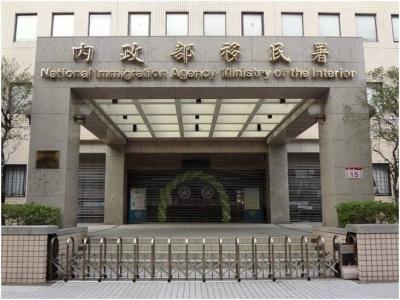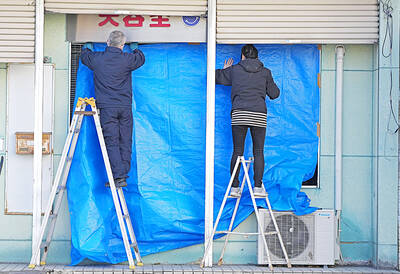More than half of those involved in traffic accidents leading to injury or death in Taipei over the past three years were not registered residents of the city, the Taipei Department of Transportation said last week.
Forty-two percent of those involved in accidents were registered in Taipei, while 58 were not, including 34 percent registered in New Taipei City, 4 percent in Taoyuan, 2 percent in Keelung City and 18 percent elsewhere, it said.
After hearing the department’s presentation in a meeting on traffic safety, Taipei Mayor Ko Wen-je (柯文哲) asked if the city’s traffic signals were simply unfriendly to drivers from other cities and counties.
To identify the cause of the disproportionate number of accidents involving people from outside Taipei, the department should work with the Central Police University and other academic institutions, he said.
Those who have lived in urban environments for a long time are usually familiar with traffic signals, while those from outside Taipei might not be, Ko said, adding that this might be the cause of many accidents.
In response, department Director Chen Hsueh-tai (陳學台) said that traffic signals and road marking in Taipei are the same as those in other cities and counties in Taiwan.
Instead, the reason for the disproportionate number of accidents by outsiders might be that the drivers “were unfamiliar with the roads and intersections in the city,” Chen said, adding that there are many one-way streets in Taipei and intersections where left turns are prohibited.
“Drivers need to be cautious whenever they are in a new city,” Chen said, adding that the department would work with experts to address the issue.
Young motorcyclists aged 18 to 25 accounted for most accidents in the city, regardless of whether they were residents, the department said.
The top three causes of accidents were failing to yield to other vehicles, failing to pay attention to road conditions and changing lanes without signaling, the department said.

A small number of Taiwanese this year lost their citizenship rights after traveling in China and obtaining a one-time Chinese passport to cross the border into Russia, a source said today. The people signed up through Chinese travel agencies for tours of neighboring Russia with companies claiming they could obtain Russian visas and fast-track border clearance, the source said on condition of anonymity. The travelers were actually issued one-time-use Chinese passports, they said. Taiwanese are prohibited from holding a Chinese passport or household registration. If found to have a Chinese ID, they may lose their resident status under Article 9-1

Taiwanese were praised for their composure after a video filmed by Taiwanese tourists capturing the moment a magnitude 7.5 earthquake struck Japan’s Aomori Prefecture went viral on social media. The video shows a hotel room shaking violently amid Monday’s quake, with objects falling to the ground. Two Taiwanese began filming with their mobile phones, while two others held the sides of a TV to prevent it from falling. When the shaking stopped, the pair calmly took down the TV and laid it flat on a tatami mat, the video shows. The video also captured the group talking about the safety of their companions bathing

PROBLEMATIC APP: Citing more than 1,000 fraud cases, the government is taking the app down for a year, but opposition voices are calling it censorship Chinese Nationalist Party (KMT) Chairwoman Cheng Li-wun (鄭麗文) yesterday decried a government plan to suspend access to Chinese social media platform Xiaohongshu (小紅書) for one year as censorship, while the Presidential Office backed the plan. The Ministry of the Interior on Thursday cited security risks and accusations that the Instagram-like app, known as Rednote in English, had figured in more than 1,700 fraud cases since last year. The company, which has about 3 million users in Taiwan, has not yet responded to requests for comment. “Many people online are already asking ‘How to climb over the firewall to access Xiaohongshu,’” Cheng posted on

A magnitude 5.7 earthquake yesterday struck off the coast of Hualien, causing brief transportation disruptions in northern and eastern Taiwan, as authorities said that aftershocks of magnitude 5 or higher could occur over the next three days. The quake, which hit at 7:24pm at a depth of 24.5km, registered an intensity of 4 in Hualien and Nantou counties, the Central Weather Administration (CWA) said. There were no immediate reports of damage or injuries. In Taipei, the MRT railway’s operations control center received an earthquake alert and initiated standard safety procedures, briefly halting trains on the Bannan (blue) line for about a minute.